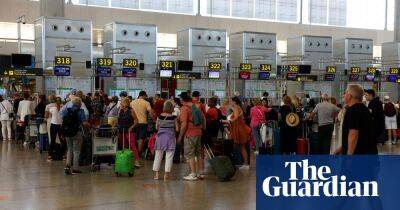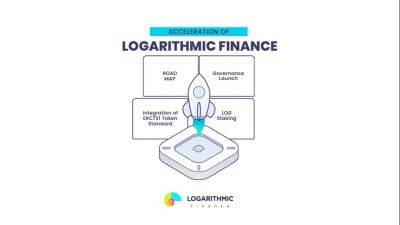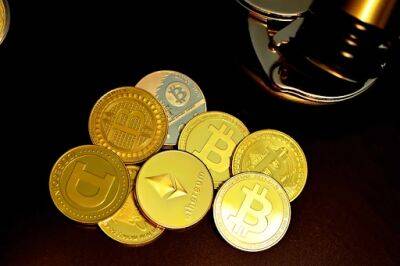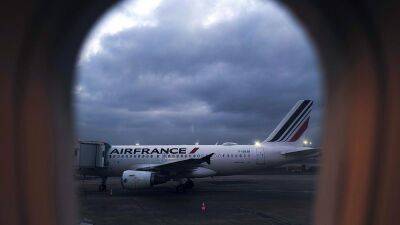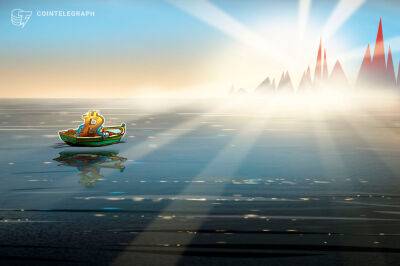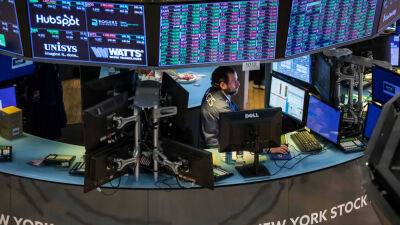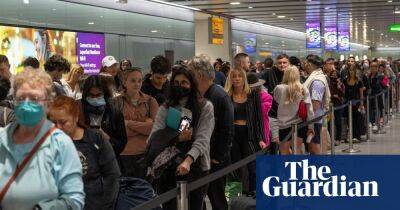Millions of tonnes of dead animals: the growing scandal of fish waste
In February 2022, a Dutch-owned fishing trawler released a silvery stream of 100,000 dead fish, which carpeted several thousand square metres of ocean off the coast of France. The vessel’s owners blamed the discharge on a faulty net. Environmental groups alleged that the fish were intentionally dumped.
Whatever the truth, that spectacle of squandered sea life was the tip of the iceberg: figures from WWF show that in 2019, at least 230,000 tonnes of fish were dumped in EU waters. Most of the waste – 92% – is related to bottom-trawling, a fishing method that scrapes the seafloor, indiscriminately scooping up everything in its path.
But this figure is a small fraction of an even larger global issue. The UN Food and Agriculture Organization (FAO) estimates that 35% of all fish, crustaceans and molluscs harvested from oceans, lakes and fish farms are wasted or lost before they ever reach a plate.
Fish are highly perishable and fragile, which makes them more vulnerable to waste, a problem that is compounded by haemorrhaging fish at every step of the supply chain. Fish waste is especially shocking, says Pete Pearson, senior director for food waste at WWF, because they “are wild animals, so we are harvesting wildlife”.
Fish populations are already threatened by overfishing, pollution, and the climate crisis. With current rates of fish consumption projected to double by 2050, waste is increasingly on the radar of regulators. “We have to do something about it,” says Omar Peñarubia, a fisheries officer at the FAO.
That begins, experts say, with understanding exactly what is driving waste between harvest and plate. The task is made difficult by fisheries’ notoriously opaque supply chains, and incomplete datasets that are also
Read more on theguardian.com



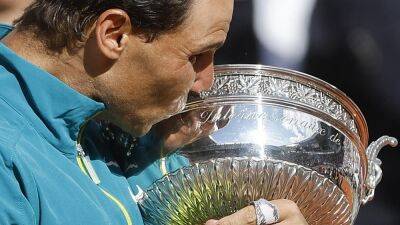
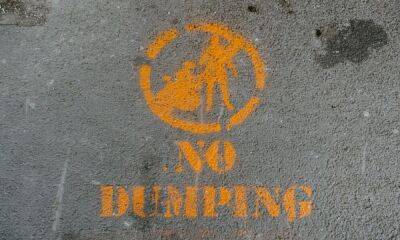
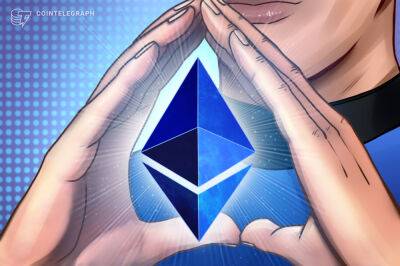
![Ethereum [ETH]: With the Merge just a few days away, here’s all you should know](https://finance-news.co/storage/thumbs_400/img/2022/6/5/28413_6gz.jpg)
